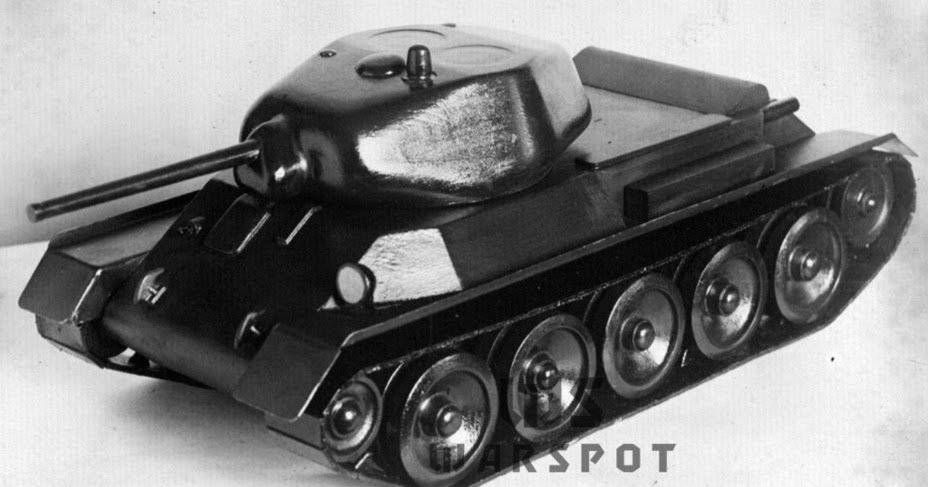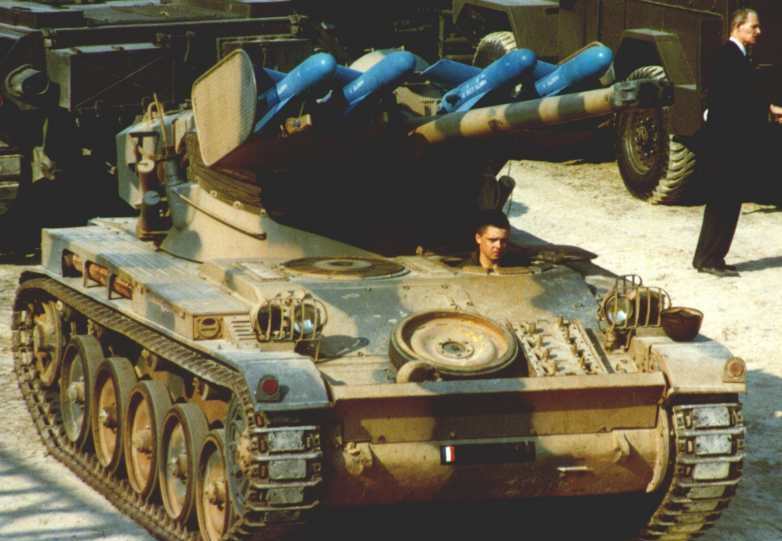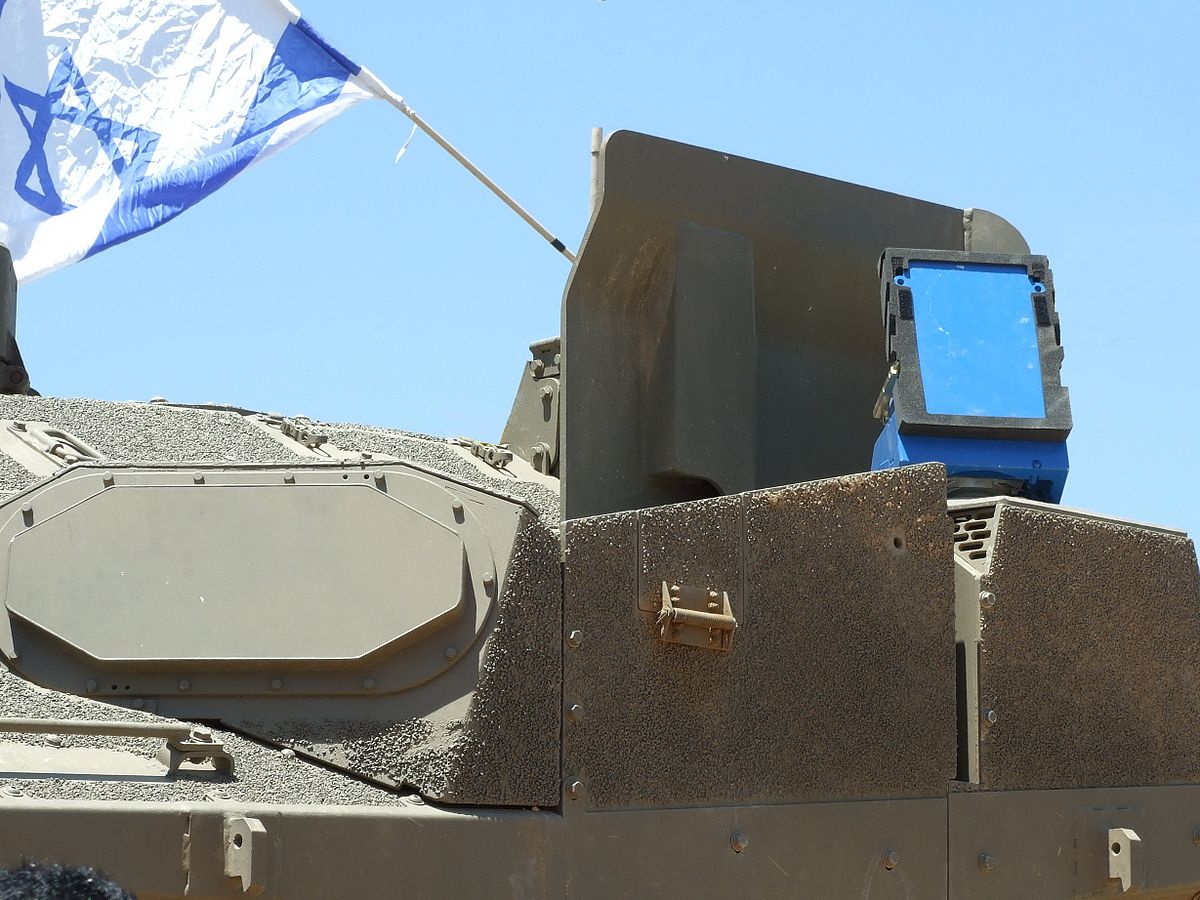Well first of all who would have to change tooling? Its not likely that those that companies that were about to start producing the M3 would accept orders.The real problems were that the T-34M wasn't yet fully developped and the Soviets were forced to postpone any further development until the initial crisis passed; and that the US couldn't easily copy or adapt its components.
The Americans had enough difficulty adapting their own engines to the Sherman and the 75mm M3 gun would most likely see integration problems in the T-34M turret. The transmission and tracks were also very different from US practice. It's dubious that the US could certify and produce all those components locally any earlier than the Sherman. The US also likely didn't have the tooling to do that and it would be unwise to change all of that when the Sherman is sufficient.
Finally, the Sherman had a decent degree of commonality in tooling and components with the Lee which was not the case of the T-34M.
M-H would probably be delighted to drop their godawful tanks and like I said i didnt just think of the US but also Canada that were very interested in starting domestic production.
And finally the development of the T-34M wasn´t postponed but entirely dropped after the disasters in 1941








